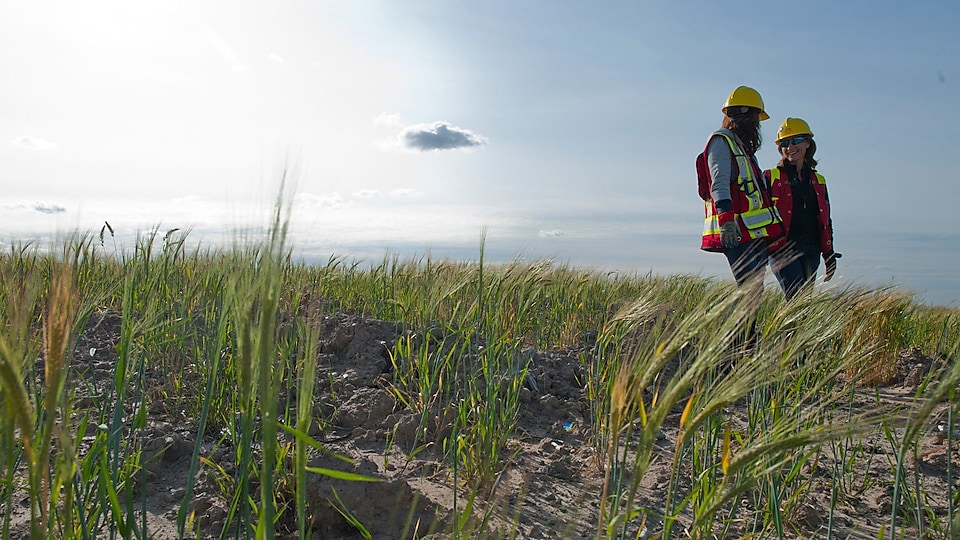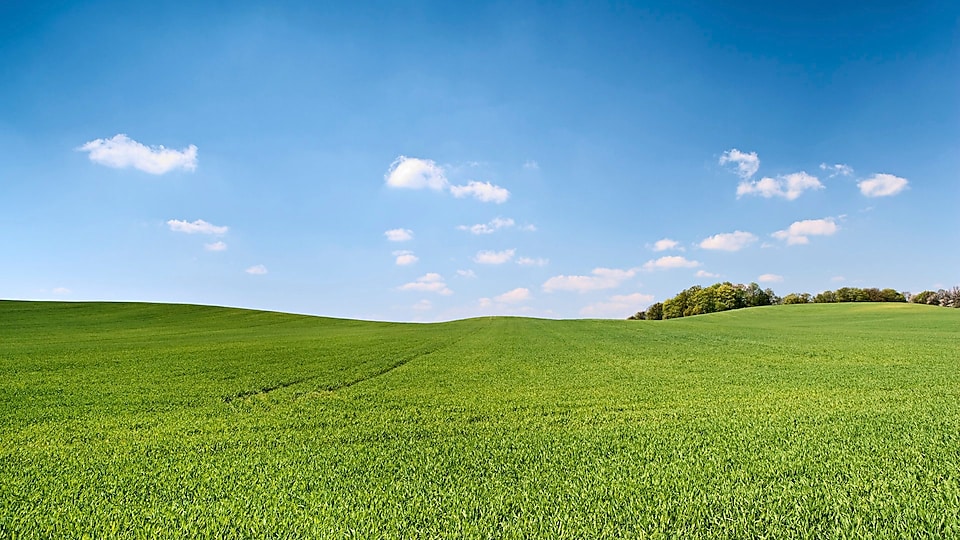Environmentally sensitive areas
Shell believes some areas are too sensitive to enter. If we operate in areas that are rich in biodiversity – known as “critical habitats” – we ensure that biodiversity action plans are in place.
Biodiversity plans help us to assess and mitigate our impact on local biodiversity and dependent communities. Made in consultation with conservation experts and local communities, these plans are based on international standards and industry best practice.
We also work, in several countries, with our partners in joint ventures we do not operate to develop biodiversity action plans.
We made the following four commitments in 2003 that still apply today:
- we will not explore for, or develop, oil and gas resources in natural World Heritage Sites;
- we will further improve the way we operate in International Union for Conservation of Nature (IUCN) Category I-IV protected areas, and areas of high biodiversity value;
- we will publicly report on our activities in IUCN Categories I-IV; and
- we will work with IUCN and others to help safeguard protected areas.
IUCN Category I-IV protected areas
In seven countries there are companies we operate with activities in IUCN Category I-IV protected areas.
| Country | Name of protected area (year designated, IUCN Category) | Activity (1) |
|---|---|---|
| Australia | Port of Gladstone – Rodds Bay (1900, IV) | Jetty of LNG terminal and pipeline on protected area boundary |
| Canada | Waterton Lakes (1895, II), Elbow River Launch Provincial Recreation Area (1994, II) | Pipelines on protected area boundary |
| Germany | NSG Langeler Auwald rechtsrheinisch (1989, IV) | Wesseling-Godorf pipeline |
| Netherlands | Noordzeekustzone (2010, IV) | Platforms |
| Duinen Ameland (2009, IV), Meijendel & Berkheide (2013, IV), Noordzeekustzone (2010, IV), Springendal & Dal van de Mosbeek (2013, IV), Waddenzee (2009,IV) | Wells | |
| Duinen Ameland (2009, IV), Duinen Den Helder-Callantsoog (2010, IV), Lauwersmeer (2003, II), Noordzeekustzone (2010, IV), | Pipelines | |
| Fochteloërveen (1998, IV), Elperstroomgebied (2010, IV), Solleveld & Kapittelduinen (2011, IV), Nationaal beek- en esdorpenlandschap Drentsche Aa (2002, II), Drentsche Aa-gebied (2013, IV) | Pipeline on protected area boundary | |
| Trinidad and Tobago | Victoria Mayo Reserve (--, IV) | Wells and pipelines |
| United Kingdom | Walton Moss (1985, IV), Tebay Road Cuttings (1992, IV), Bowland Fells (1988, IV), Crosby Ravensworth Fell (1991, IV), River Eden and Tributaries (1997, IV), River Tweed (1976, IV), Bryn Marsh & Ince Moss (1989, IV), The Wigan Flashes (2002, IV), Fishwick Bottoms (2011, IV), Avon Gorge (1973, IV), Carriber Glen (1971, IV), Far Holme Meadow (1994 , IV) | Grangemouth - Runcorn pipeline |
| Mersey Estuary (1985, IV), New Ferry (2000, IV) | Stanlow – Runcorn and Tranmere – Eastham pipeline | |
| Mundesley Cliffs (1984, IV) | Bacton Seal - Clipper PT Bacton pipelines | |
| Forvie (1959, II), Meikle Loch and Kippet Hills (1971, III), Red Moss of Netherley (1986, IV) | St. Fergus – Mossmorran pipeline | |
| United States | Bayou Teche (2001, IV) | Houma - Erath Crude pipeline on protected area boundary |
| Long Run Seep (2004, IV) | Lakehead to Lockport pipeline on protected area boundary |
Note: Refers to current production activities and infrastructure for current or future production and transportation of oil and gas. Protected areas per World Database of Protected Areas December 2015, activities updated for divestments and acquisitions December 2017).
More in sustainability
Biodiversity
Our projects can affect local natural habitats and communities that depend on them. Read about our work on biodiversity around the world.
Climate change and energy transitions
A key role for society – and for Shell – is to find ways to provide much more energy with less carbon dioxide.

